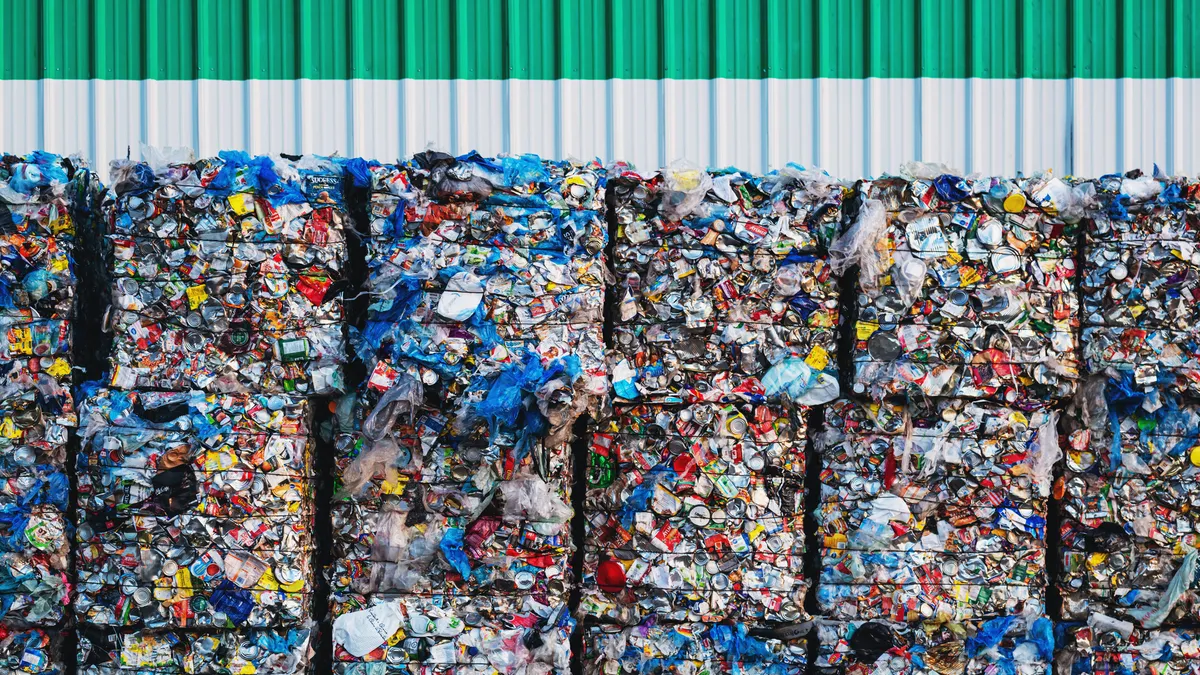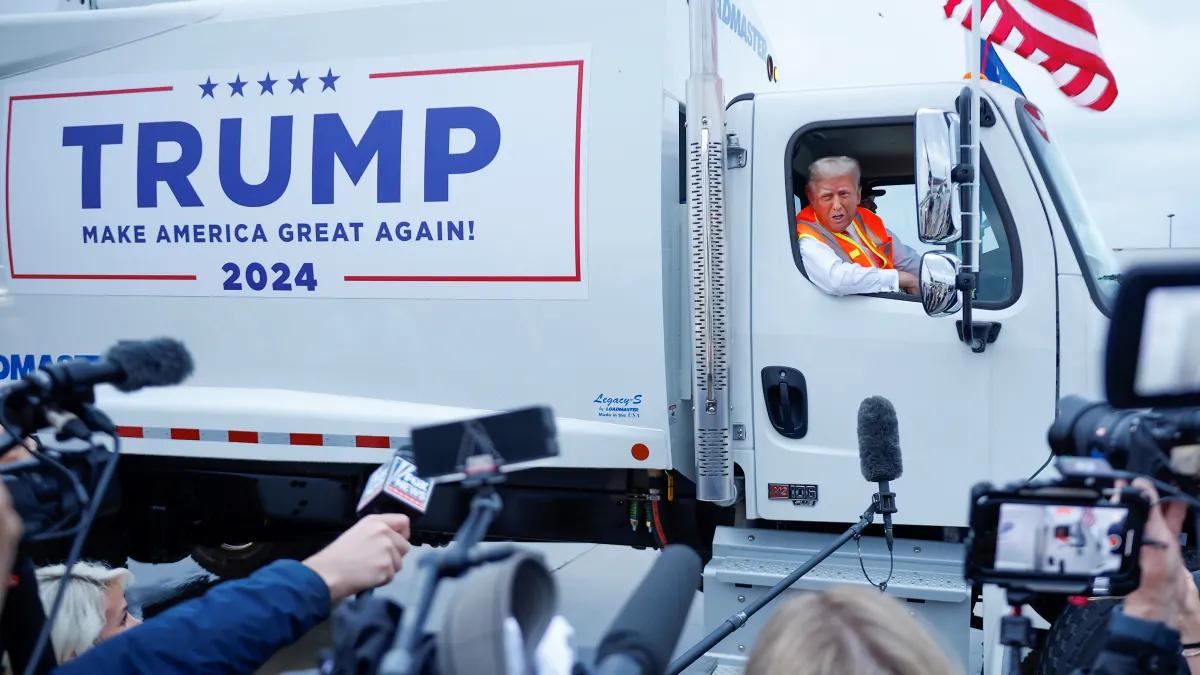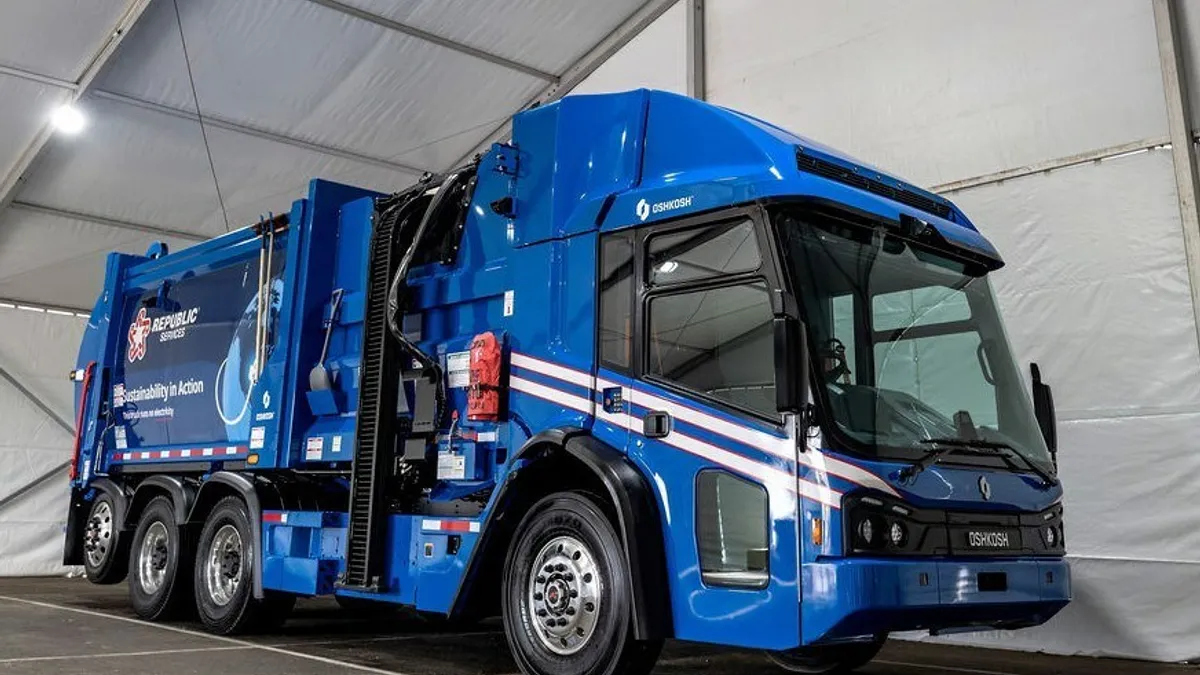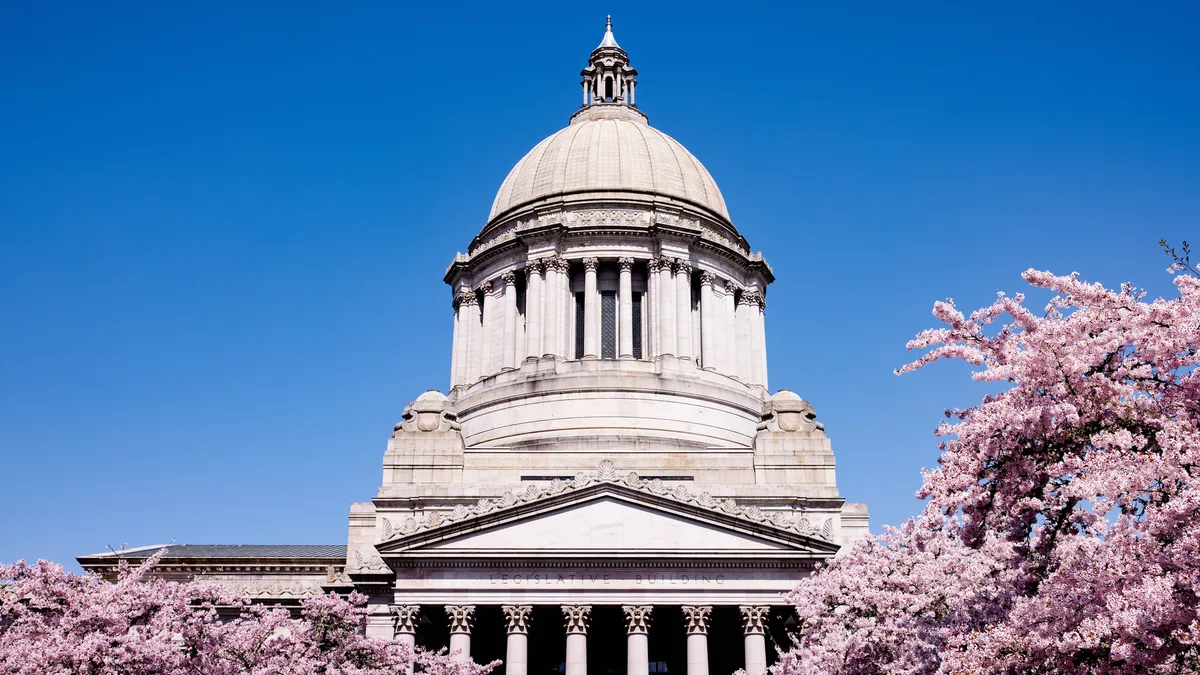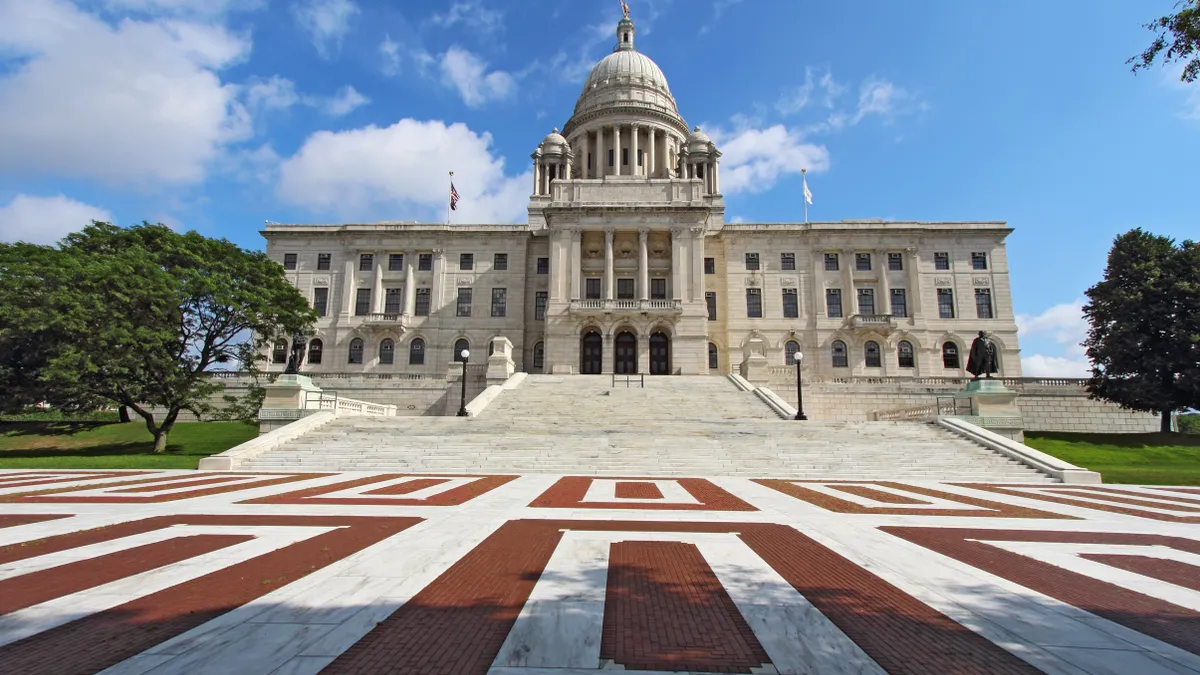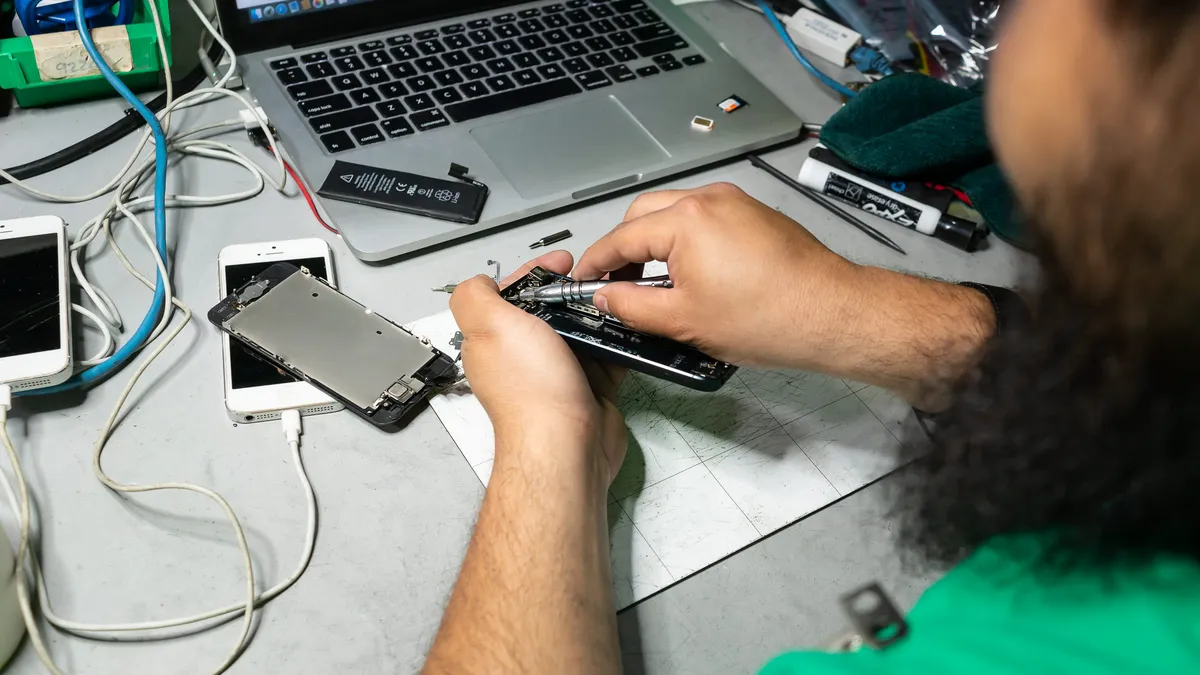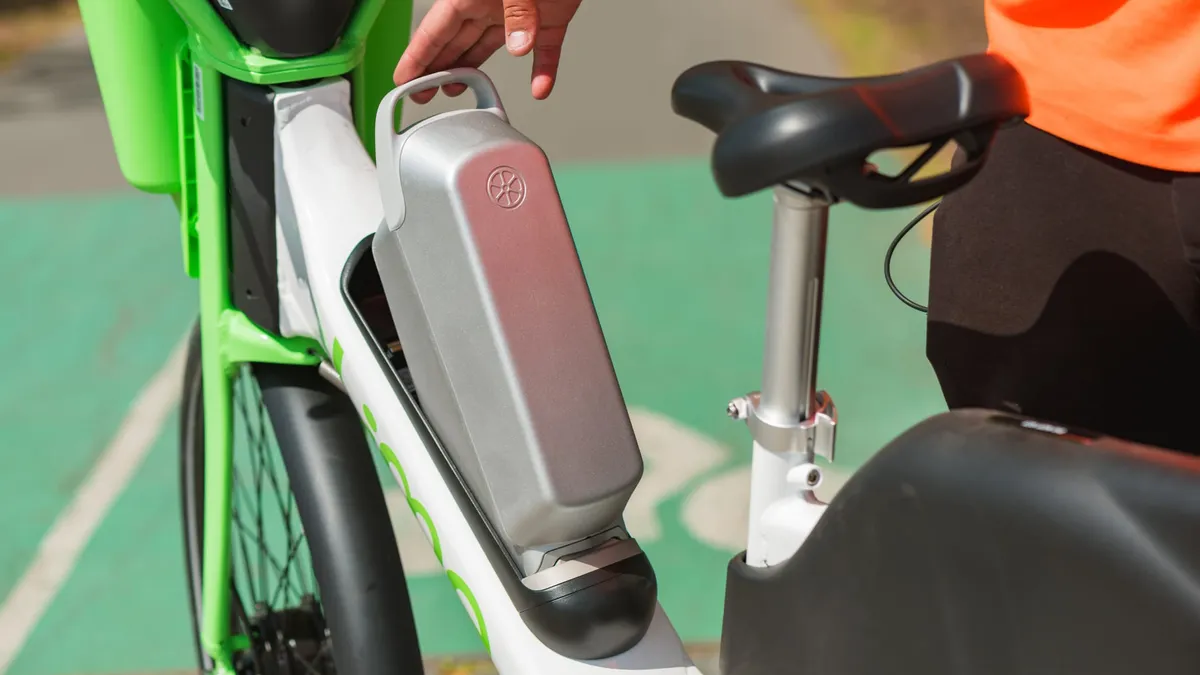The National Recycling Congress conference this year brought together local, state and national experts to discuss the importance of recycling’s climate impacts and its connection to environmental justice initiatives.
Participants discussed how recycling and reuse groups can build capacity to better understand the areas they serve, while other discussions centered on how to more effectively make space for environmental justice topics. Speakers from federal agencies discussed progress on the Biden administration’s plans to advance recycling- and waste-related goals, while local community groups talked about how to tap into resources designed to help them win and keep grants, including from federal sources.
Here are some highlights from the virtual event, hosted by the National Recycling Coalition March 5-6.
Progress on federal recycling funding
The federal government has worked for the last few years to improve its resources for environmental justice initiatives, “and there’s more to come,” said keynote speaker Nena Shaw, director of the U.S. EPA’s Resource Conservation and Sustainability Division.
Environmental justice is a major lens through which the federal government thinks about and funds recycling initiatives, she said. Like other federal agencies, the EPA follows the Justice40 Initiative, which mandates that at least 40% of federal funding and benefits for programs go to disadvantaged communities.
Shaw touted recent progress on projects funded by numerous rounds of multimillion-dollar waste and recycling grants announced in 2023. The next round of funding could be announced by the end of the year for the Solid Waste Infrastructure for Recycling grant and the Recycling Education and Outreach grant. That next round would give more applicants the chance to apply.
Meanwhile, recipients are in the process of using funding from the first round of grants, with 76% of the $105 million in SWIFR funding going to disadvantaged communities to improve recycling, organics and waste management systems. Some of the projects include purchasing recycling collection vehicles and building recycling dropoff facilities in rural areas. “We're really excited about being able to see that come to fruition,” Shaw said.
About 74% of the $33 million in recycling education grants will go to projects in disadvantaged communities, Shaw added.
Beyond funding mechanisms, the EPA is working on finalizing the National Recycling Strategy after receiving 91,000 comments on the draft first published in 2021. That final strategy could also come by the end of the year. The EPA is also working on data collection strategies that could give the country a better picture of where and how waste is managed.
“The waste stream is changing and becoming more complex, and we're also building for a circular economy, so we have different management pathways that are at play. Planning is incredibly important,” Shaw said.
Connecting community groups with federal resources
Community-led organizations play a major role in advancing recycling and waste policy and moving environmental justice efforts forward, speakers said. Such groups are key to building more inclusive and equitable recycling and waste policies, but they often have fewer resources and less time to coordinate major projects compared to larger organizations and companies, speakers said.
Federal funding and resources are available for such organizations, but accessing it can be confusing, time-consuming and cumbersome, said Sarah Salem of WE ACT for Environmental Justice. Salem co-leads the organization’s Thriving Communities Technical Assistance Center, which provides training and support to help communities better navigate federal grant systems.
Some federal agencies are starting to create their own community engagement departments, “which many did not have before,” said Cleophus Lee, managing principal of New Life Development Group. It works with for-profit and nonprofit organizations on revitalization projects that sometimes involve environmental justice and economic development aspects.
The U.S. Department of Energy is an example of an agency that has “been getting into the community, understanding what the real needs are from the people in the community and making themselves available to talk to these community-based organizations,” he said.
Organizations must also work on capacity-building to be effective long-term, he added, which means strategically hiring people with the right skill set and cultivating and keeping a broad range of partnerships. “You have to put your ducks in row to make sure ... you have the capacity and infrastructure you need to acquire the grant and then manage the grant, which will help you to keep the grant.”
Organizations also can’t lose sight of the community’s priorities and concerns, which means doing the long-term work of “showing up not once, not twice, but many, many times and becoming a beacon within your community and leaning on community leaders,” Salem said. “How do we amplify the voices of those who aren't in the space with us? How do we listen more, and speak up more and ask why is it done this way or push against the norms?”
In addition to finding the right funding and resources, environmental justice groups engaged in zero waste are seeking to reclaim the narrative around pollution in their communities, said Elizabeth Balkan, director of Reloop North America.
“One of the things that the plastics industry has been very good at is convincing communities that it's their responsibility to fix the problem, and if it's not fixed, it must be the consumer’s fault, the individual’s fault,” she said. “That translates into these communities that are already bearing the burden [of pollution] now meant to carry the shame of failing to recycle.”
Green technologies don’t always mean green communities
The U.S. is investing more and more in renewable energy supply chains, but those solar panel arrays, wind turbines and electric vehicle batteries could come with a cost to environmental justice communities, said Bryan Moore, an environmental lawyer and partner at Balch & Bingham.
“Green tech may be the front runner in our efforts to mitigate climate change, but without a robust circular economy for these technologies, our national efforts to address the global environmental crisis will exacerbate localized environmental impacts in already overburdened communities,” he said.
Moore advocated for the energy industry to design components with recycling in mind and create end-of-life strategies for hard-to-recycle technologies. He highlighted Solarcycle’s recent announcement that it would build a $344 million solar panel recycling facility in Georgia, which the state expects will create about 600 jobs. “Recycling is key to realizing the full environmental potential of these green technologies,” he said.
Moore also called for facility operators to offer communities “multiple meaningful seats at the table to facilitate community participation and siting decisions.” And when communities say they don’t want the facility in their neighborhood, operators must do more to examine and address inequities that might contribute to those sentiments, he said.
Reuse strategies can also reduce the impact on environmental justice communities by keeping materials like batteries out of landfills. Electric vehicle batteries that still hold 20% or more of a charge after being used in vehicles can find a new life for residential energy storage systems and other applications, he said. Some state legislatures are also exploring extended producer responsibility laws for solar panels, which could spur further action.



